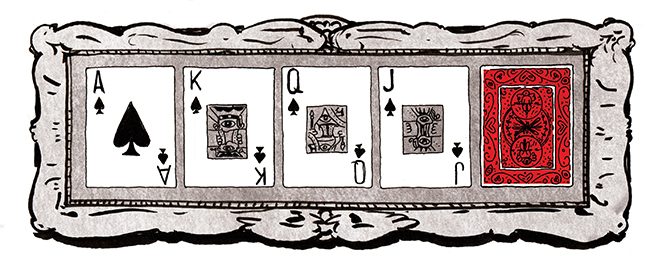ZEITGUIDE to Art and Data

Zeitguide, since 2011, has been reporting how all industries are finding data to be the new gold. Mine the right vein and you’ll find valuable nuggets explaining consumer behavior, predicting international crises, and if you’ve been following this week’s launch of Nate Silver’s update of fivethirtyeight.com, perhaps data could reinvent journalism.
But can data measure art?
We recently caught up with For Your Art founder, Bettina Korekduring NY’s Armory Show and learned that the data analytics conversation is shaking up the art world.
To be clear, we’re not talking about data as an artistic medium, such as the striking work of Ryoji Ikeda and this week’s launch of Janet Echelman’s sculpture at TED, which interacts with nearby mobile devices through data.
Rather, Korek pointed out, “data is now being used to quantify the qualitative value of art.” She pointed to Artsy.net’s Art Genome Project and its new app that tracked and broadcast the “trending galleries” during the recent Armory Art Fair.
But the big rattle came recently with the launch ofSellyoulater.com —now rebranded as ArtRank—which claims to identify “prime emerging artists based on qualitatively-weighted metrics.” In other works, it’s a stock-picker for artists.
The identity of founder Carlos A. Rivera—a 26-year-old former gallery owner in Los Angeles—was revealed this week. Not surprisingly, he’d kept a low profile as his project was greeted with skepticism, if not outright hostility. He says his algorithm was produced to guide an “emerging art fund.” He, according toGallerist, began by “scanning 20,000 artists’ CVs to get data points, and then plotting artists’ career trajectories against one another (Mark Flood plotted against Chris Ofili, for instance). He eventually distilled the CVs down to 150,” and then, measured the Instagram accounts of prominent trendsetting collectors who show off their new purchases.
ArtRank’s quarterly analysis tells you if you should buy orliquidate. The site is set to launch a paid subscription for advance access to its listings, apparently aimed at investors, speculators, and flippers.
It’s both fascinating and disturbing. Fascinating because even with its obsession over auction prices, the art world seemed to resist predictive data analysis. Disturbing because… well, surely our culture is about something more than data.
“Art makes us human,” Korek said. “While economic impact is an increasingly important argument for civic engagement, it’s crucial that we also protect the idea that not all value is quantifiable.”
We also asked New York art advisor Elana Rubinfeld what she thinks of ArtRank. She finds it entertaining but limiting since it focuses on the investment potential of “a small number of trending, mostly male artists and doesn’t consider quality, concept and personal connection with the subject matter.”
It brings to mind the limits of wearable devices and the “quantified self” movement: monitoring one’s rising heart rate isn’t the same as actually falling in love.
Some things—so far—elude quantification.
For more about how the digital world is changing the art world through social media, online auctions, and as a subject, get ZEITGUIDE 2014 here.
Keep Learning,
Brad Grossman
Founder, Grossman and Partners
Creator, ZEITGUIDE
Artwork by Kristofer Porter
